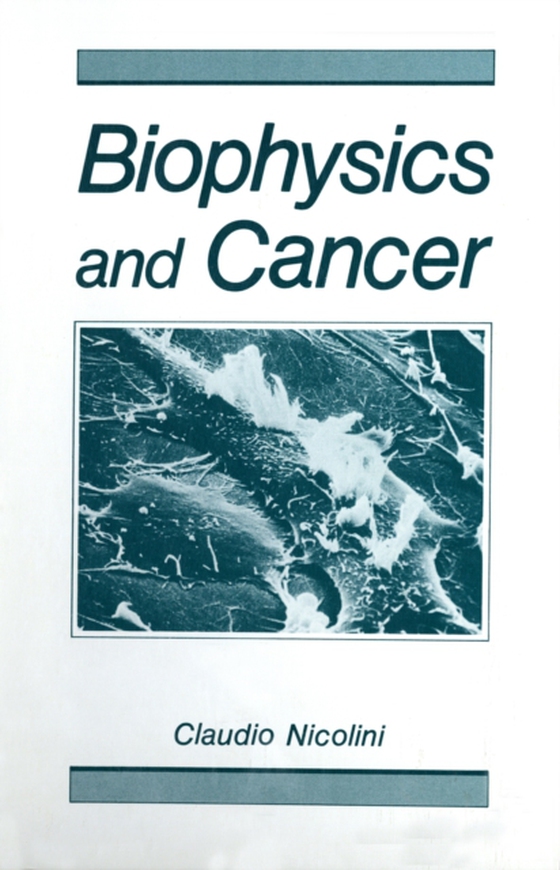
Biophysics and Cancer e-bog
436,85 DKK
(inkl. moms 546,06 DKK)
Since the early times of the Greek philosophers Leucippus and Democritus, and later of the Roman philosopher Lucretius, a simple, fundamental idea emerged that brought the life sciences into the realm of the physical sciences. Atoms, after various interactions, were assumed to acquire stable configurations that corresponded either to the living or to the inanimate world. This simple and unitary...
E-bog
436,85 DKK
Forlag
Springer
Udgivet
6 december 2012
Genrer
Oncology
Sprog
English
Format
pdf
Beskyttelse
LCP
ISBN
9781461321293
Since the early times of the Greek philosophers Leucippus and Democritus, and later of the Roman philosopher Lucretius, a simple, fundamental idea emerged that brought the life sciences into the realm of the physical sciences. Atoms, after various interactions, were assumed to acquire stable configurations that corresponded either to the living or to the inanimate world. This simple and unitary theory, which has evolved in successive steps to our present time, remarkably maintained its validity despite several centuries of alternative vicissitudes, and is the foundation of modern biophysics. Some of the recent developments of this ancient idea are the discovery of the direct relationship between spatial structures and chemical activity of such molecules as methane and benzene, and the later discovery of the three-dimensional structure of double-helical DNA, and of its relationship with biological activity. The relationship between the structure of various macromolecules and the function of living cells was one of the most striking advancements of modern science, obtained by the cooperation of physicists, chemists, mathematicians, engineers, biologists, and physicians. This crossing of the life and physical sciences has given rise to new and exciting frontiers, and to a new synthesis where there is a frequent interconnection of expertise, and where there is an exchange of roles among traditionally separated soft and hard sciences. Even if knowledge is still transmitted to new generations within univer- sities as separate disciplines, new knowledge is acquired today in the laboratory by truly interdisciplinary teams.
 Dansk
Dansk

